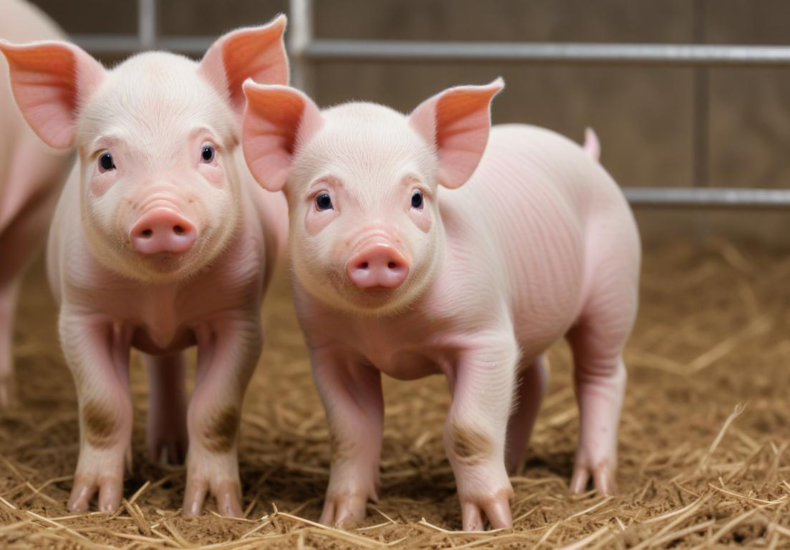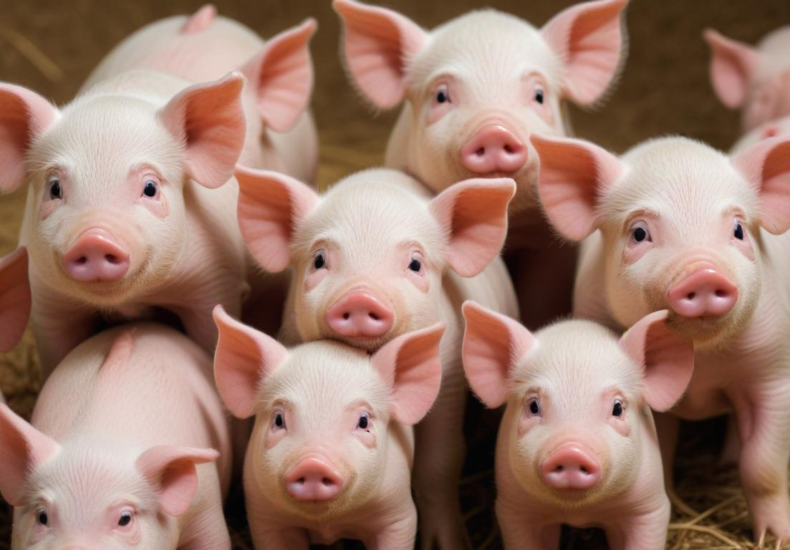Tag: piglets
genetic approaches to improving piglet survival
The genetic foundation of piglet survival is intricate, involving a variety of traits such as birth weight, morphological features, and health status at birth. Key factors influencing resilience and development include genetic diversity and advanced breeding techniques. Emerging technologies, including genomic selection and machine learning, hold promise for enhancing piglet vitality and adaptability. Collaborative efforts among geneticists and farmers aim to optimize breeding strategies, addressing both genetic potential and environmental challenges. As research progresses, innovative approaches are set to reshape pig production for better health and survival rates.
piglet birth weight and genetic factors
Piglet birth weight is influenced by a complex interplay of genetic, nutritional, and environmental factors. Key elements such as maternal size, gestational age, and litter size can significantly affect outcomes. Genetic traits related to growth and health, along with optimal nutrition, play critical roles in determining birth weights. Understanding these dynamics is essential for swine producers aiming to enhance piglet survival and overall health through informed breeding strategies and improved management practices. Explore the intricacies of optimizing birth weights in swine farming for better production efficiency and animal welfare.
why piglets recognize their mother’s voice
Piglets exhibit an extraordinary ability to recognize their mother’s voice, a skill essential for their survival and social development. This recognition begins soon after birth, with piglets learning to identify unique vocal patterns that guide them to their mother for nourishment and safety. As they grow, the bond formed through auditory cues influences their social dynamics, emotional well-being, and the establishment of future communication skills. Understanding this remarkable phenomenon sheds light on the complexities of animal communication and has significant implications for enhancing welfare in pig farming practices.
genetic traits passed from pigs to piglets
Genetic inheritance in pigs plays a critical role in shaping the traits passed from parents to piglets. This intricate process combines genetic material from both the mother and father, influencing attributes ranging from coat color to growth rates. Both autosomal inheritance and environmental factors, such as nutrition and housing, further complicate trait expression. Moreover, advances in selective breeding leverage these genetic principles to enhance desired characteristics in pig populations, offering insights into the future of swine genetics and livestock improvement. What other surprises lie within the genetics of these fascinating animals?
how piglet traits are determined by genetic makeup
The complex interplay of genetics and environmental factors shapes the traits of piglets, influencing their development and overall health. Key concepts include polygenic traits, heritability, and the role of specific genes in characteristics like coat color and muscle growth. As research advances, innovative breeding strategies—such as genomic selection and gene editing—are being explored to enhance desirable traits, optimize production, and improve animal welfare. Understanding these dynamics is crucial for progressing pig farming practices and achieving sustainable outcomes in the industry.
Archives
Calendar
| M | T | W | T | F | S | S |
|---|---|---|---|---|---|---|
| 1 | 2 | 3 | 4 | |||
| 5 | 6 | 7 | 8 | 9 | 10 | 11 |
| 12 | 13 | 14 | 15 | 16 | 17 | 18 |
| 19 | 20 | 21 | 22 | 23 | 24 | 25 |
| 26 | 27 | 28 | 29 | 30 | 31 | |


